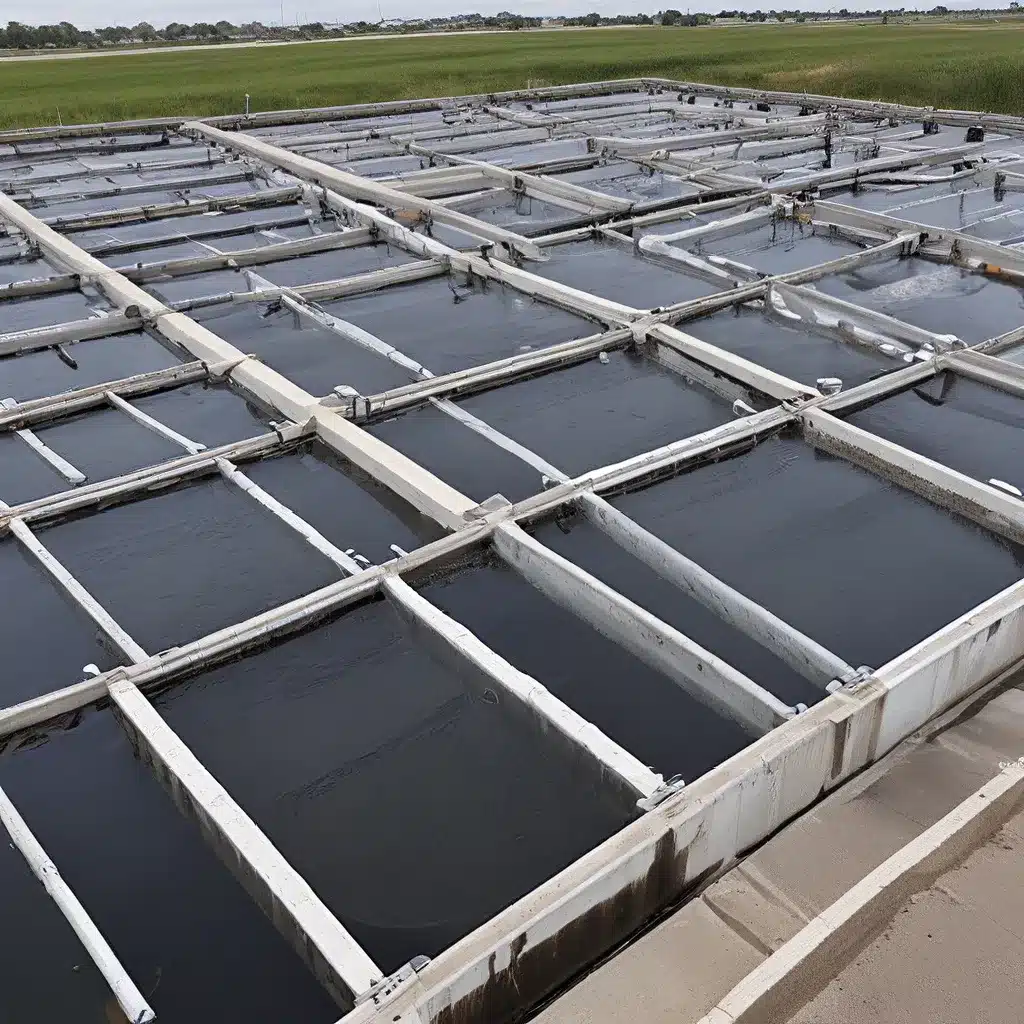
Uncharted Waters: The Invisible Threat of Emerging Contaminants
Our water supply, the very lifeblood that sustains us, is facing an invisible threat. It’s not the kind of threat that makes headlines or sparks public outrage – at least, not yet. But it’s a danger that’s quietly creeping into our homes, our communities, and our environment. I’m talking about emerging contaminants, those elusive pollutants that have slipped through the cracks of our traditional wastewater treatment systems.
As an environmental scientist, I’ve been following this issue with a mix of fascination and growing concern. You see, these emerging contaminants aren’t your run-of-the-mill pollutants. They’re a diverse and ever-evolving class of chemicals, including pharmaceuticals, personal care products, and per- and polyfluoroalkyl substances (PFAS), that are becoming increasingly prevalent in our water sources. And the scary part? We’re still learning about the long-term impacts they can have on our health and the environment.
Wastewater professionals have been sounding the alarm, warning us that the traditional methods we’ve relied on for decades are simply not enough to tackle this new challenge. But the good news is that there are innovative solutions on the horizon, and I’m here to share them with you.
Unraveling the Enigma of Emerging Contaminants
Let’s take a closer look at these elusive pollutants, shall we? Emerging contaminants are a diverse group of chemicals that have been detected in our water supplies, but their full impact on human health and the environment is still not fully understood. Some of the most concerning examples include:
Pharmaceuticals: From the antibiotics we take to the antidepressants we rely on, these medications are finding their way into our waterways, often through improper disposal or wastewater discharge. And the consequences can be dire – these drugs can disrupt delicate aquatic ecosystems and potentially contribute to the rise of antibiotic-resistant superbugs.
Personal Care Products: The lotions, shampoos, and fragrances we use every day contain a cocktail of chemicals that can end up in our water sources. These substances may have endocrine-disrupting properties, which can interfere with the normal functioning of our hormonal systems.
PFAS: These synthetic compounds, often referred to as “forever chemicals,” are notoriously persistent in the environment and have been linked to a range of health issues, from thyroid disorders to certain types of cancer. And the kicker? They’re found in everything from nonstick cookware to firefighting foams.
The sheer diversity of these emerging contaminants, along with their ability to evade traditional treatment methods, has made them a formidable challenge for water utilities and environmental agencies. But Inland Waters Inc. is committed to leading the charge in tackling this crisis head-on.
Pioneering Solutions: A New Era of Wastewater Treatment
As the saying goes, “necessity is the mother of invention,” and that’s certainly true when it comes to the world of wastewater treatment. In response to the growing threat of emerging contaminants, innovators and researchers have been pushing the boundaries of what’s possible, and the results are nothing short of revolutionary.
One of the most promising solutions comes in the form of Axine Water Technologies’ cutting-edge electrochemical oxidation technology. This innovative approach doesn’t rely on hazardous chemicals or produce any solid or liquid waste – instead, it uses an advanced electrochemical process to completely mineralize even the most stubborn organic pollutants.
“We’re thrilled to be showcasing our solutions at ToxExpo,” says Mark Ralph, President and CEO of Axine Water Technologies. “Our technology has the capability to tackle a wide range of emerging contaminants, from pharmaceuticals to PFAS, and we’re committed to helping manufacturers and utilities stay ahead of this critical issue.”
But Axine’s innovation isn’t just about the technology – it’s also about their unique “wastewater-as-a-service” business model. By providing a flexible, modular system design, they’re able to tailor their solutions to the specific needs of each customer, helping them achieve their wastewater and sustainability goals with minimal capital investment and risk.
And Axine isn’t alone in this quest. Across the water treatment industry, researchers and engineers are exploring a diverse array of cutting-edge technologies, from advanced membrane filtration to novel biological processes, all with the aim of conquering the challenge of emerging contaminants.
Navigating the Road Ahead: Collaboration and Continuous Innovation
As we look to the future, it’s clear that addressing the threat of emerging contaminants will require a multifaceted approach – one that combines the power of innovative technology with the collective expertise of water professionals, policymakers, and the broader public.
One of the key drivers of progress in this field has been the collaborative spirit that’s taking hold across the industry. Organizations like the Water Environment Federation (WEF) are providing platforms for the exchange of ideas, the sharing of best practices, and the fostering of partnerships between water utilities, technology providers, and academic institutions.
“We’re seeing a real surge of innovation in the water sector, particularly when it comes to tackling emerging contaminants,” says Sarah Jennings, a senior water policy expert at WEF. “The key is bringing together the diverse perspectives and expertise needed to develop truly comprehensive solutions.”
And as the field continues to evolve, one thing is clear: the need for ongoing research, development, and adaptation. We’re still in the early stages of understanding the full scope of the emerging contaminants challenge, and the solutions we implement today may need to be refined and improved as new threats emerge.
But I, for one, am optimistic about the future. With the dedication and ingenuity of water professionals, the support of policymakers, and the collective commitment of the public, I believe we can navigate these uncharted waters and emerge with a safer, more sustainable water future. It won’t be easy, but as the saying goes, “smooth seas do not make skilled sailors.” And when it comes to tackling the challenge of emerging contaminants, we’re all seasoned mariners, ready to chart a course towards a brighter, cleaner tomorrow.


